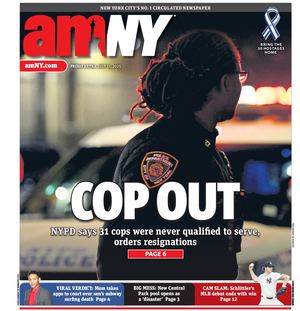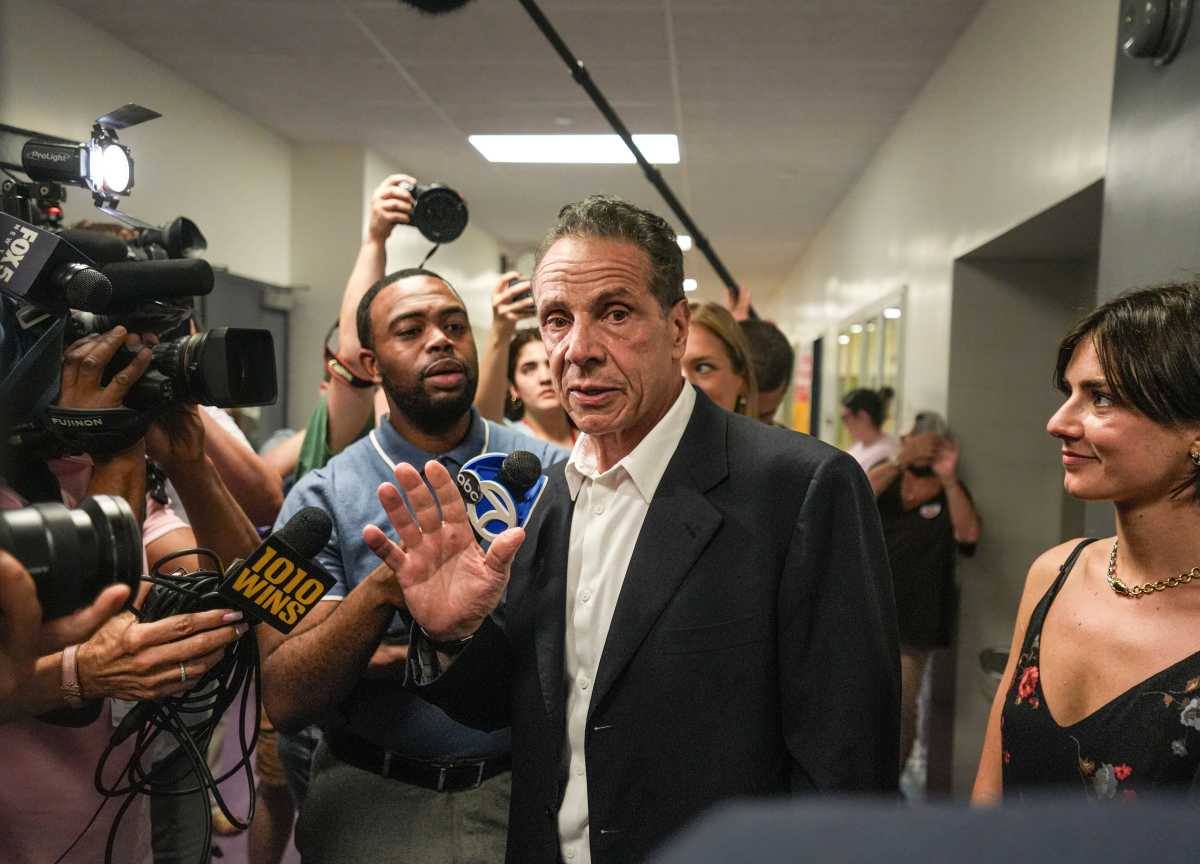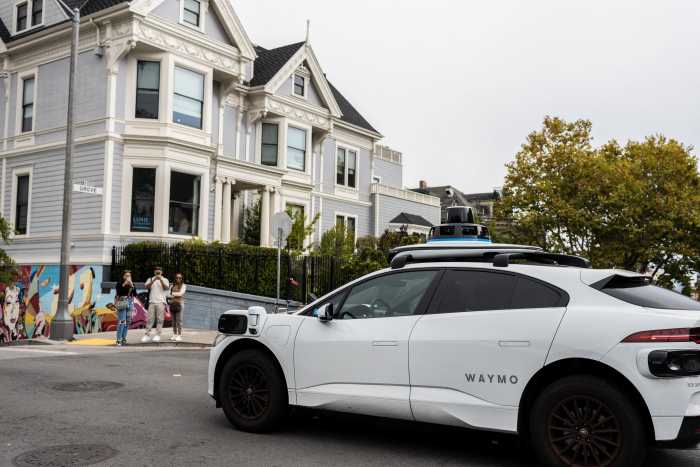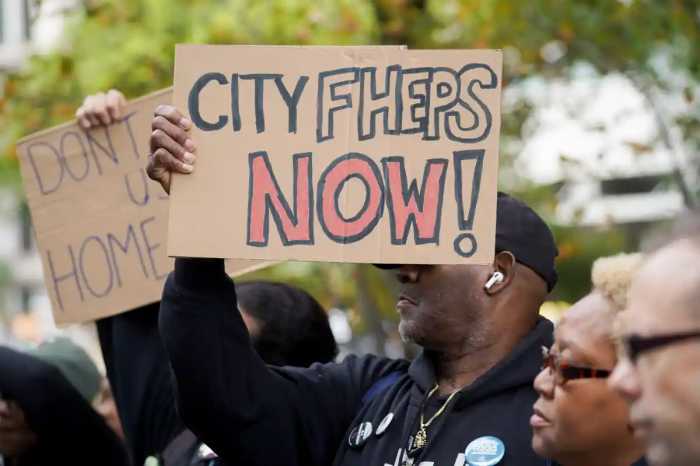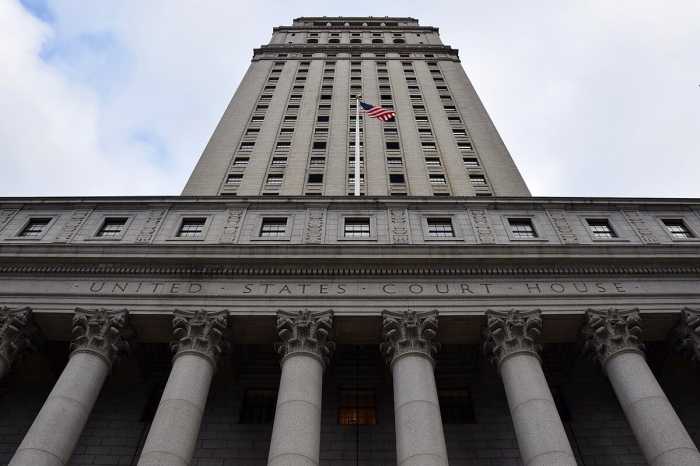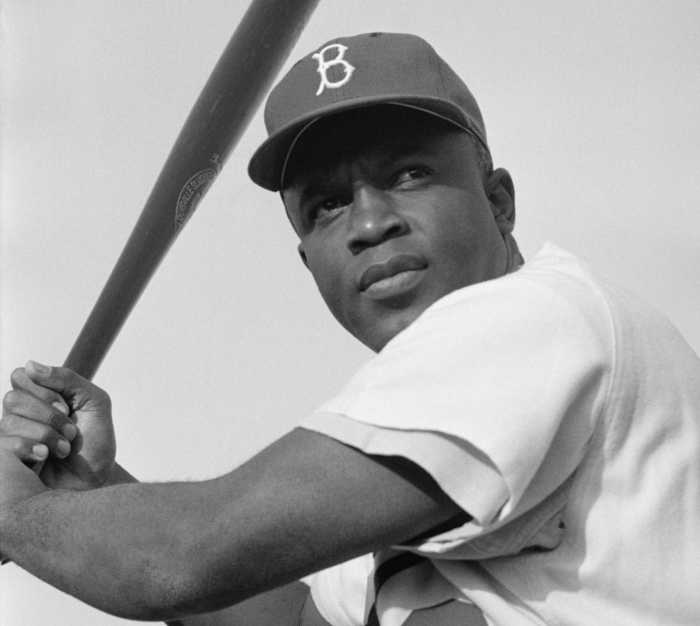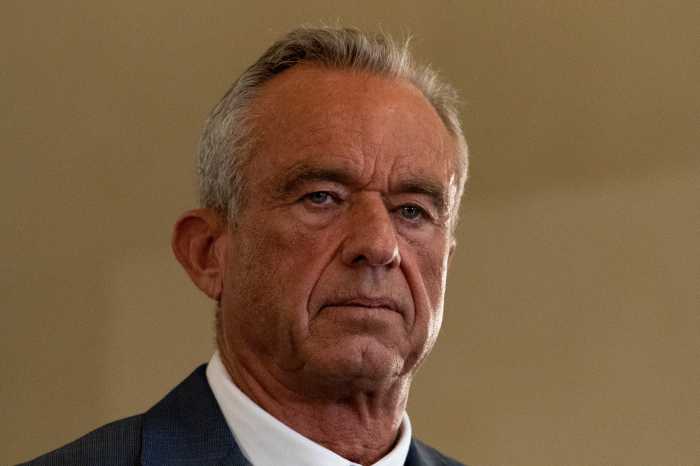With the Democratic mayoral primary finally behind us, one would think that New York City voters can finally take a breath. It seems, however, that the November general election is already upon us. Will Andrew Cuomo continue his campaign? Will Republican candidate for mayor Curtis Sliwa take a job in President Trump’s administration? I have no idea, but I will tell you this: It is a 99% certainty that their names will be on the ballot this November no matter what. That is because the laws relating to our elections are more unreasonable and impracticable than they should be. The only way their names would be removed is if, God forbid, they died.
Take the Cuomo situation. Assuming he follows Rev. Al Sharpton’s advice and ends his campaign, he cannot take his name off the ballot. The reason is that the deadline for him to have done so was three days after the primary – June 27th. Of course, it makes no sense to have such a deadline some four months before the general election. And it probably means that even if he does not lift a finger he will inevitably attract some votes. How many is uncertain, and whether it would make a difference in the final outcome is unclear.
Obviously the law should be changed to give candidates more leeway to change their mind about running and remove their names from the ballot. After all, the ballots are not printed until a month or so before the election. And, of course, it would eliminate the confusion that voters would encounter as to who on their ballots are the real candidates.
Cuomo himself faced this problem in 2002. He was running for governor in the Democratic and now-defunct Liberal Party primaries. At the last minute he dropped out and backed the leading Democrat, H. Carl McCall. But it was too late to get off the ballot, so despite this he still received 14% of the Democratic primary vote. Worse, he “won” the Liberal Party primary (he was unopposed), and the law did not even permit the three day withdrawal period we now have. At the general election voters could, therefore, vote for him, and about 15,000 did. Some 4.5 million votes were cast that year, re-electing Gov. George Pataki, so Cuomo’s total had no effect on the outcome.
As I said, the legislature did reform the law to allow a candidate to remove their name after the primary – for a mere three days. In that this deadline is four months before the general election, it simply does not work.
Although many books and articles, including mine, have been written about liberalizing New York’s ballot access laws as they relate to getting on the ballot, there has been very little attention paid to how a candidate can get off the ballot. This needs to be rectified.
In fact, in 2022, when Gov. Kathy Hochul was running for re-election, along with her Lt. Governor, Brian Benjamin, he was indicted. This occurred in mid-April – some six months before the general election. But according to the election law, it was too late for him to withdraw his candidacy. Fortunately for the Democrats that year, the legislature stepped in and changed the law, allowing a candidate to withdraw their candidacy if they had been indicted or convicted of a misdemeanor or felony. Voila! Benjamin was out, and the Democrats were able to replace him with a new Lt. Gov. nominee, then-Congressman Antonio Delgado.
Across the river, New Jersey faced a similar problem when ethically-tainted U.S. Senator Robert Torricelli was running for re-election in 2002. He wanted to drop out so that the Democrats could hold onto the seat, but then, too, it was too late under that state’s election law. A lawsuit was filed by the Democratic Party to allow this late withdrawal, and the Supreme Court of New Jersey ruled that, notwithstanding the law’s explicit time-line, Torricelli was able to remove his name because, they said, it was in the interest of the voters. As a result, Frank Lautenberg became the nominee and went on to win.
These ad hoc solutions to the Benjamin and Torricelli scenarios were, I suppose, reasonable, but it would be much better if our laws gave wider breadth for candidates who wish to drop out to actually be able to do so – and it would remove any potential voter confusion, and prevent any errant electoral results.
One last word. Regarding talk of Sliwa withdrawing: It will not happen. First of all, he would have to agree to it – which doesn’t look like it will happen. But even if he decided to move to DC instead of running for mayor, his name would still be on the ballot. The reason is rooted in the fact that to be eligible for mayor, one needs to reside in New York City only on the day of the election, not before. He could move and swear that he wasn’t coming back, but that wouldn’t do it either. After all, he could change his mind and move back before November 4th.
My conclusion is derived from a federal court of appeals case concerning the candidacy of Texas Congressman Tom DeLay, who at the time had serious ethical issues. He wished to remove his name from the ballot for re-election so a more electable candidate could replace him. So he moved to Virginia and filed sworn affidavits that he was never going back to Texas. Similar to a NYC mayor’s residency requirement, a member of Congress only has to reside in their state on the day of the election. The courts therefore ruled that, because he could change his mind and move back, DeLay could not remove his name.
The same analysis would be applied to Curtis Sliwa if he should decide to drop his bid by moving out of town. He could move back before the election. So this ploy would not work, if he wanted to try, which, as I said, seems highly unlikely.
As we approach the general election then, the ballot is set and the candidates can do whatever they want.
Jerry H. Goldfeder is senior counsel at Cozen O’Connor, director of the Fordham Law School Voting Rights and Democracy Project, and the author and editor of Goldfeder’s Modern Election Law (7th Ed., 2025, www.nylp.com).]
